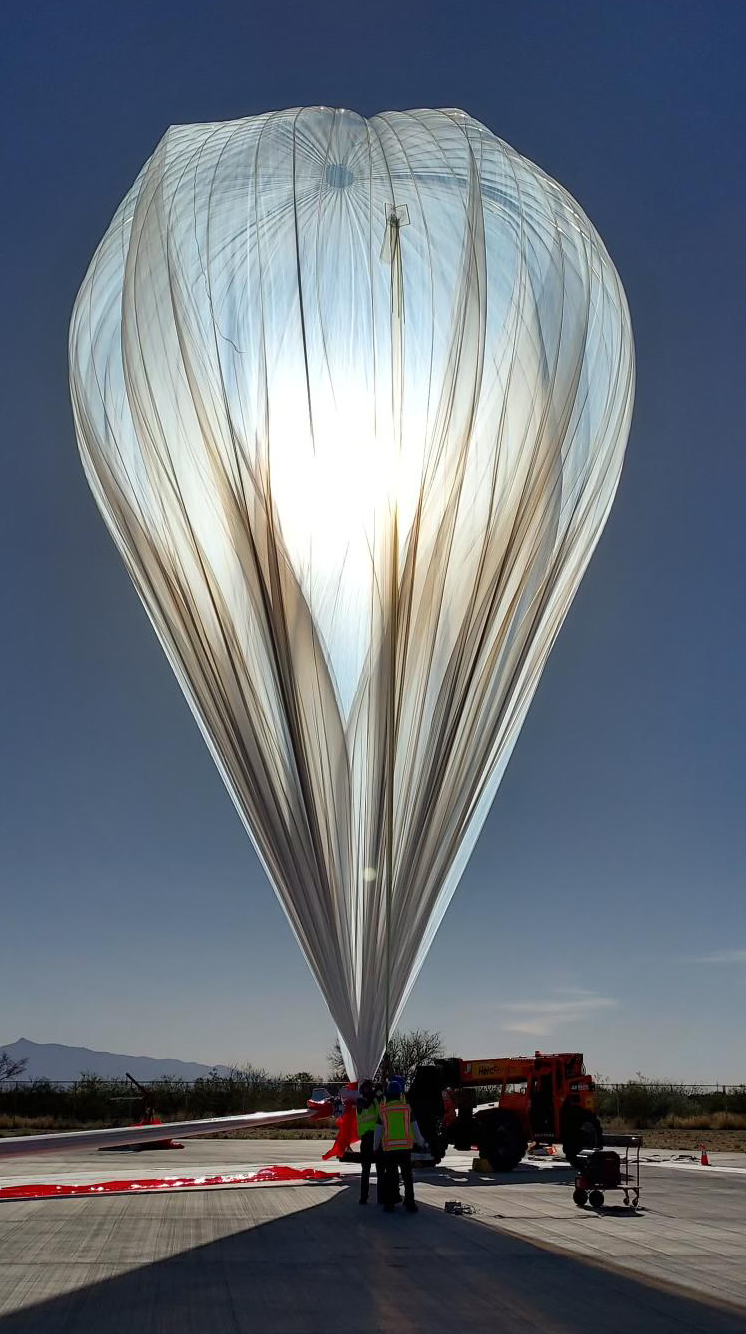NASA’s X-34 program began in 1996 to demonstrate a low-cost, advanced technology flight demonstration test bed for space access and to demonstrate a streamlined management approach with a rapid development schedule and limited testing.
Started and managed by NASA’s Marshall Space Flight Center, the program’s objective was to build and fly a space access vehicle with greater reliability than was currently available, while reducing the cost of launching payloads into orbit from $10,000 per pound to about $1,000 per pound.
To accomplish this, the craft had several unique features: lightweight composite airframe structures; reusable composite propellant tanks, tank insulation; advanced thermal protection systems capable of surviving subsonic flights through inclement weather; integrated low-cost avionics, including differential Global Positioning System and Inertial Navigation System; and integrated automated vehicle health monitoring and checkout.
A completely new rocket motor, the reusable Fastrac engine, was to be the X-34’s power. It was designed and developed by NASA Marshall engineers and built by NASA’s industry partners.
The unmanned X-34 was expected to fly at speeds up to eight times the speed of sound and reach altitudes of approximately 50 miles before descending to a controlled landing on a runway, similar to landings performed by the space shuttles. Three airframes were planned, designated A-1, A-2, and A-3, but only two airframes were completed before the project was canceled.
Following initial testing by the builder, the first X-34 arrived at NASA’s Dryden (now Armstrong) Flight Research Center in Edwards, California, in the late 1990s to begin a series of captive-carry and unpowered flights that would lead to actual powered test flights. The craft was to have an automatic landing system, linked to GPS, enabling it to fly a mission profile and land itself.
The X-34’s first captive carry flight, using Orbital Sciences Corporation’s Lockheed L-1011 launch aircraft, came June 29, 1999. NASA and its partner completed two more captive-carry flights later that same year. The X-34 never flew again.
The projected cost of completing the X-34 program at an acceptable level of risk rose well above the budget. NASA determined that the benefits did not justify the continued investment, and that Space Launch Initiative (SLI) funds should be applied to higher priority needs.
The X-34 program ended on March 31, 2001. The two completed X-34s and components for the third vehicle were transferred in 2002 to the U.S. Air Force, then back to NASA, then to a private entity at the Mojave airport, and then disposed of.
Specifications & Features
Length: 58.3 feet
Wingspan: 27.7 feet
Weight unfueled: 18,000 pounds
Fuel: LOX/RP-1, 30,000 pounds
Main propulsion: 1 Marshall-designed Fastrac engine
Thrust: 60,000 pounds
Maximum speed: Mach 8
Maximum altitude: approximately 50 miles
All composite primary and secondary structure
Autonomous flight control, including approach and landing
































